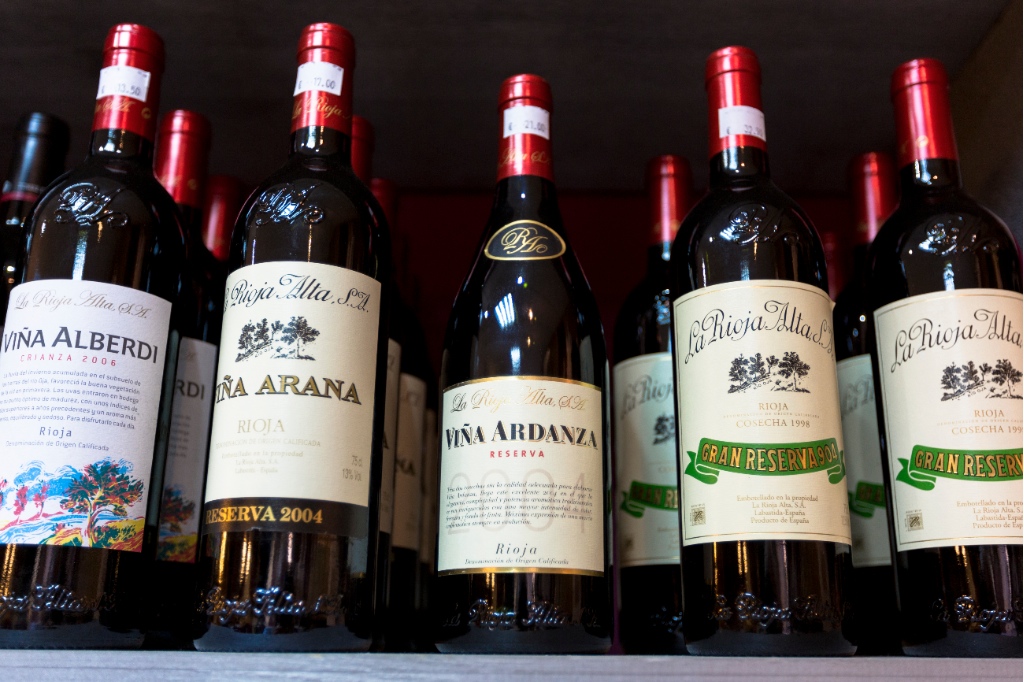Spanish wine is enjoying an unprecedented period of quality and affordability – take advantage now

It struck me as I was deciding where to invest my modest 2016 wine budget, that Spanish wine is an absolute bargain, at every level. We would all be mad not to take advantage of this phenomenon while it lasts. My brainwave was hardly original; none other than the great wine seer Robert Parker has been saying as much for years, but it really only strikes home when you compare Spanish wine prices against their French or Italian counterparts.
Let me give you some examples. One of my favourite table wines is Cune’s Rioja Reserva 2011, made with love and pride by one of the oldest houses in Rioja. Majestic is currently offering this for £9.99 – a comparable claret would cost two or three times as much. Move up the price scale and you can buy a 2005 Rioja Alta Gran Reserva 904, one of the great wines of the region, for just £33 from Berry Bros. Rioja Alta 904 would grace even the smartest dinner table – a Burgundy of the same quality would cost you a mortgage.
If you’re more adventurous, the bargains get even better. Laithwaites is offering a Grand Reserva, the Palacio del Conde 2008, from Valencia, for only £8.29 a bottle. It’s hard to understand how anyone can be making a profit from this, given the wine has been aged in barrel for more than three years.
There are great bargains – and impressive quality – among the whites as well. Regular readers will remember that I am a fan of Albarino, the complex honey and fruit grape grown in the northeast of Spain. The Fefinanes Albarino 2014 is one of the finest examples money can buy and it will set you back a mere £13.95 from the Wine Society. The list goes on.
There are many reasons for this surge of high quality, affordable wines coming from Europe’s southwestern quadrant. The first is that Spain’s wine industry is undergoing a revolution. New regions are being explored, new grapes are being discovered or rediscovered and young wine makers encouraged to try to create something special. This is a fusion between old world know-how and new world dynamism, as Spanish wine makers look across the Atlantic to the extraordinary achievements of their counterparts in Chile and Argentina over the past two decades.
Another is economic. Domestic wine consumption has declined and the country’s wine makers have come to rely on export markets. Britain is one of those, so we get the cream of the crop. The Cune Reserva for example was once hard to find in Britain, since most of the production went straight into Spanish supermarkets. Today it is easy to find and even easier to drink. Faced with economic reality, the country’s wine makers are pricing their products to sell. As a result it is no surprise that Spain has become the world’s biggest wine exporter as well as its best value one, shipping more than three billion bottles last year.
That’s not to say you can’t spend if you want to. A bottle of the legendary Unico from Vega Sicilia will set you back around £240. Even that is far less than the most expensive offerings from European counterparts, especially for a wine famed to last so long you can leave it to your grandchildren. In fact, that’s another facet of Spanish wines, they tend to age well, which means you can take advantage of today’s prices and enjoy them in a decade.
My gut feel is that this opportunity will not last for ever. These things never do. Buy now while stocks last.